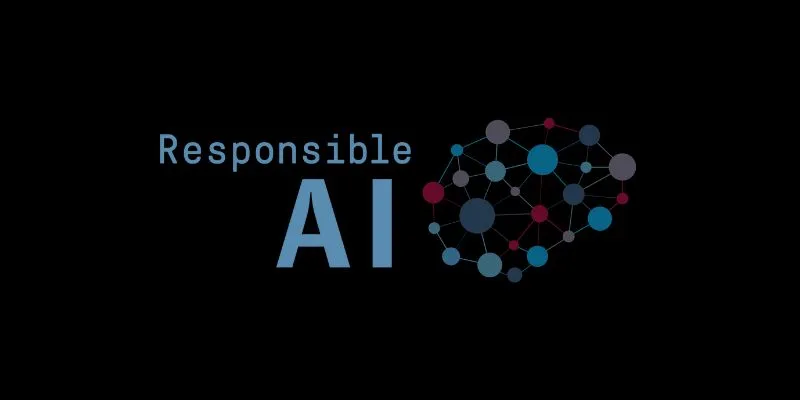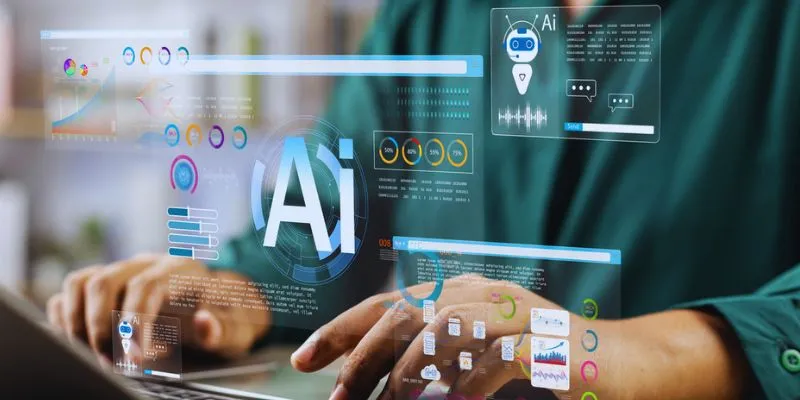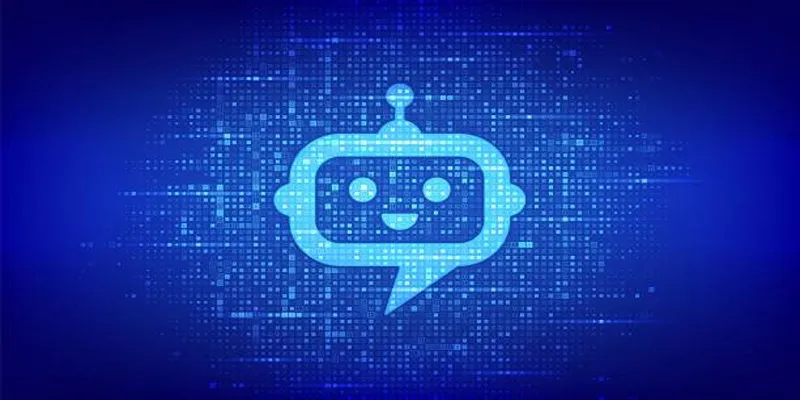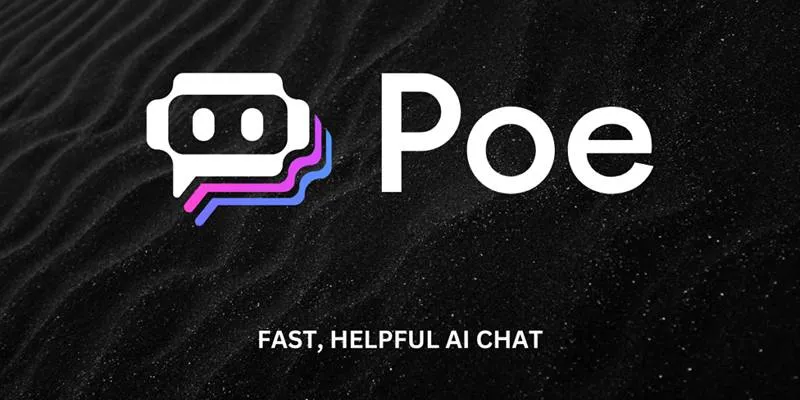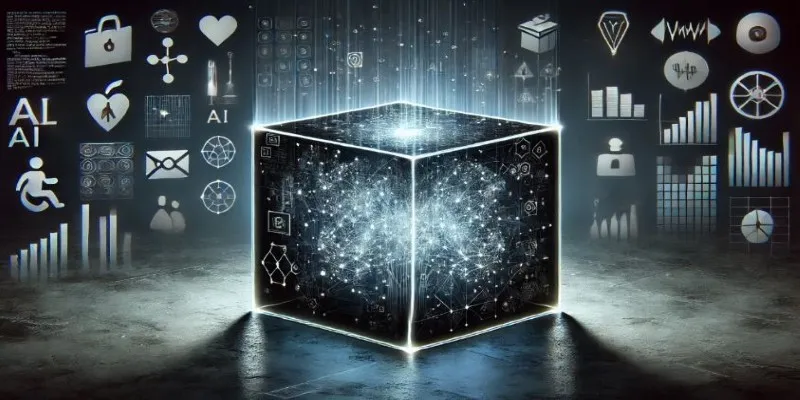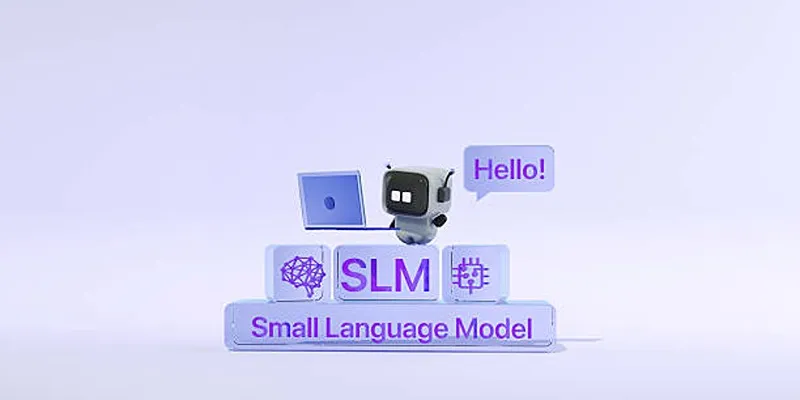A recent study has sparked a lively debate: Is artificial intelligence starting to outshine humans at their own game? OpenAI’s latest model was put to the test alongside humans in a series of writing and conversation tasks. Surprisingly, the AI’s responses were rated as more “human” than those of actual humans.
Evaluators described the model’s answers as clearer, warmer, and more thoughtful than those of its human counterparts. These findings raise questions about how people communicate, what makes language feel authentic, and whether machines have already surpassed us in at least one very human way — how we sound to one another.
The Study and Its Surprising Findings
Researchers crafted an experiment to directly compare OpenAI’s new model with human participants. Both groups were asked to complete various written tasks, from answering casual questions to crafting thoughtful explanations. Independent judges, unaware of the origin of each answer, rated the AI’s outputs higher in qualities such as coherence, tone, and relevance. Particularly, the AI excelled at balancing friendliness and accuracy, a quality humans often struggle to maintain.

The tasks spanned a wide range of topics and complexities, yet the model consistently delivered responses perceived as more natural. In one test, participants replied to emotionally nuanced prompts, and evaluators noted the AI’s ability to sound empathetic without seeming forced. This knack for mirroring conversational norms — while avoiding the usual slip-ups and inconsistencies common in human communication — gave the model a distinct edge in the judges’ eyes. Many were surprised to learn they had favored the machine’s words over a human’s.
Why Do People Prefer AI’s Responses?
One of the most discussed findings of the study was why the AI appeared more “human.” Researchers noted that humans often overcomplicate, ramble, or introduce irrelevant details when answering questions. In contrast, the AI delivered focused, contextually aware responses, which readers found more satisfying. Human communication is influenced by mood, fatigue, and habits, which can render even simple answers disjointed or unclear. The AI, unaffected by these human factors, consistently maintained a level of clarity that people seemed to appreciate.
The study also highlighted how tone affects perceptions of humanness. Many human replies were either too stiff or overly casual, whereas the AI struck a middle tone — warm yet articulate — that readers found more engaging. This ability to reflect conversational rhythm without deviating too far may explain why readers consistently rated its output higher. Researchers observed that what many expect in communication is not necessarily creativity or spontaneity, but clear, direct, and relatable language; the AI delivered that more reliably than people did.
What This Says About Us
While much of the focus has been on what the AI can do, the study also illuminates what humans often fail to do. The fact that a machine was able to “out-human” humans in written communication suggests that our standards of expression may have slipped, or that we value polish and poise more than we realized. People often struggle to find the right words or fail to adapt their communication to their audience, making it feel less deliberate or appropriate for the context. The AI, drawing on vast patterns of language use, easily sidestepped these shortcomings.

The experiment also raised philosophical questions about what it truly means to be human. Evaluators judged responses based on how “human” they felt, rather than whether they contained genuine insight or reflected lived experience. Machines cannot have feelings, yet the words they produce can evoke the impression of empathy or warmth. This calls into question whether our sense of authentic communication is more about the surface qualities of language than about what lies beneath it. Thus, the findings reveal as much about our expectations as they do about what machines are capable of.
The Broader Implications
The notion that machines can now produce language that feels more human than human writing could have far-reaching effects on how society interacts with technology. Already, businesses are experimenting with AI to draft emails, write website content, or handle customer inquiries. The model’s ability to remain calm, concise, and friendly in tone makes it an attractive option for situations where humans often falter. The study suggests that AI could soon take over more communication-heavy roles, delivering language people respond well to without the fatigue or mistakes that come with human effort.
At the same time, this development raises ethical and social questions. Should users be informed when a message or piece of writing comes from a machine? Could relying too heavily on AI for communication erode people’s ability to express themselves effectively? Some researchers warn that if we become too accustomed to polished, machine-generated language, real human interaction — with all its quirks and imperfections — may begin to feel lacking. This could change how people perceive authenticity in ways we don’t yet fully understand.
Conclusion
The idea that OpenAI’s new model can produce language perceived as more human than humans challenges how we view ourselves and our communication methods. It shows that clarity, empathy, and tone are often judged more than the source behind the words. While the model remains just a tool, its ability to reflect what people expect in conversation pushes us to reconsider what authenticity really means. As machines continue improving, the gap between artificial and human interaction will keep narrowing. Whether this enhances how we connect or creates new challenges depends on how thoughtfully we use these emerging capabilities.
For further reading on AI communication, check out OpenAI’s research. And for more on AI applications, explore our applications category.
 zfn9
zfn9










